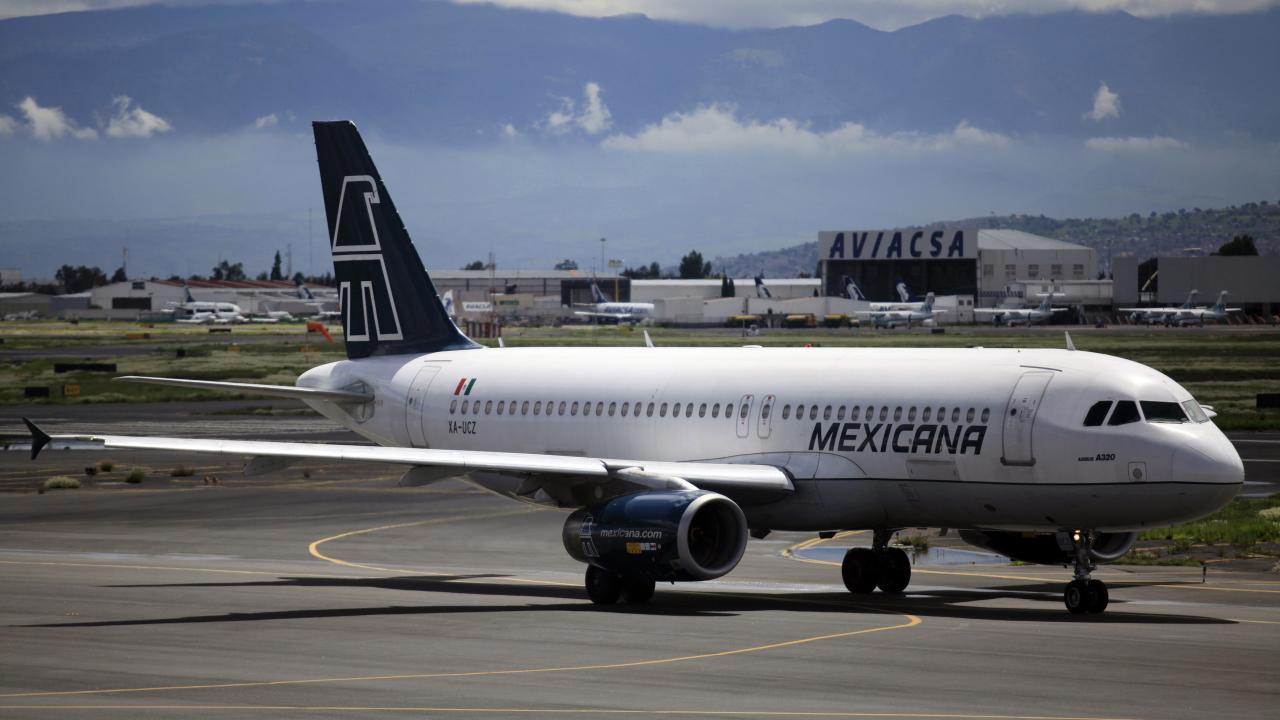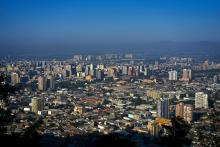
Among the benefits to be obtained with the requested resources are: covering unmet demand, shorter waiting time for users to obtain a flight in high season, competitive prices, greater range on routes, greater options for fast and efficient transportation, and generation of employment.
The Mexican State Airline (Mexicana de Aviación) registered an increase of 1,030% in the resources to be delivered as a subsidy this year, according to an annex to the Reports on the economic situation, public finances and public debt of the first quarter of 2024, released by the Ministry of Finance and Public Credit (SHCP).
Of the US$ 7 million approved in the Federal Expenditure Budget (PEF) for the item of subsidies and fiscal support (basically personal services) during this year, the amount was modified to US$ 79 million.
The increase was recorded because the Federal Budget and Fiscal Responsibility Law (LFPRH) establishes that budget adjustments greater than 5% must be published.
To this resource must be added the US$ 481 million that the airline has in its budget for operating expenses.
Thus, the airline managed by the Secretariat of National Defense (Sedena), which has its base of operations at the Felipe Ángeles International Airport (AIFA), has gradually added thousands of passengers since its takeoff (last 26 December) and surprised again with additional requirements of billions.
Last week, the request by the Airport, Railway, Auxiliary and Related Services Group, Olmeca-Maya-Mexica (GAFSACOMM), attached to the Sedena, for US$ 1,222 million for the acquisition of aircraft, support equipment in land and tools necessary for its operation.
To date, no further financial information is known about the airline that “contributes to increasing the connectivity and coverage of air services between the different geographical areas of the country, through the provision of public transport services for passengers, cargo and mail.” ”.
However, last September, the airline's director, Sergio Montaño, said that the new Mexicana de Aviación aims to reach its break-even point in six years, that is, in 2030, although it is possible that this goal could be achieved sooner.
And he specified that the objective of offering rates between 18 and 20% lower than its competitors does not imply that it will have budgetary restrictions that put the security of its operations or the comfort of its clients at risk.
“What we are looking for are efficiency economies with good administration, without penalizing passenger services,” he said.
More passengers and more planes
At the end of the first quarter, the company, which resumed operations on December 26, in the domestic market, transported 53,931 passengers on regular flights operated with its Boeing aircraft and 20,406 on charter flights operated by TAR (who rents two aircraft). In the same period Viva Aerobus transported five million 252,445 people
The number of routes offered at the moment is 18, of which eight are offered on regular flights (Puerto Vallarta, Mazatlán, Tijuana, Monterrey, Mérida, Tulum, Chetumal and Campeche), which have increased their average load factor by 49 .7% in January to 59% in March, according to data from the Federal Civil Aviation Agency (AFAC).
The rest of the routes, which also depart from AIFA, are in the charter section and are served by TAR are: Acapulco, Uruapan, Ixtapa Zihuatanejo, Villahermosa, Ixtepec, Palenque, Nuevo Laredo or Ciudad Victoria.
In the updated AFAC figures it is mentioned that Mexicana de Aviación has three aircraft that are 8.3 years old, while TAR operates four that are 25.3 years old.
Regarding the purchase of new aircraft, after the negotiation that existed to increase the fleet with SAT Aero Holdings became complicated, who even has an ongoing lawsuit with the Mexican company, it is generally known that its purpose is to improve quality. and coverage of air services, as well as promoting connectivity in the market where there is demand.
The details of the project were reserved and of the 201 pages of the cost-benefit analysis, only one says: Acquisition of assets to increase air operations.
Among the benefits to be obtained with the requested resources are: covering unmet demand, shorter waiting time for users to obtain a flight in high season, competitive prices, greater reach on routes, greater options for fast and efficient transportation and job creation. .










